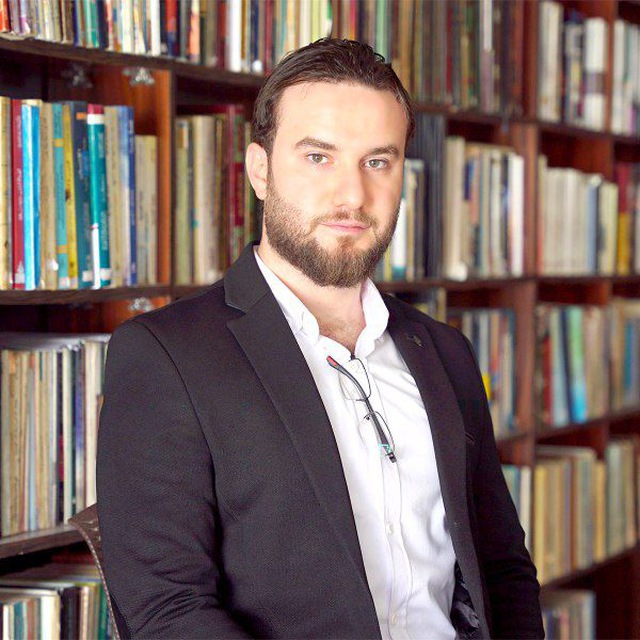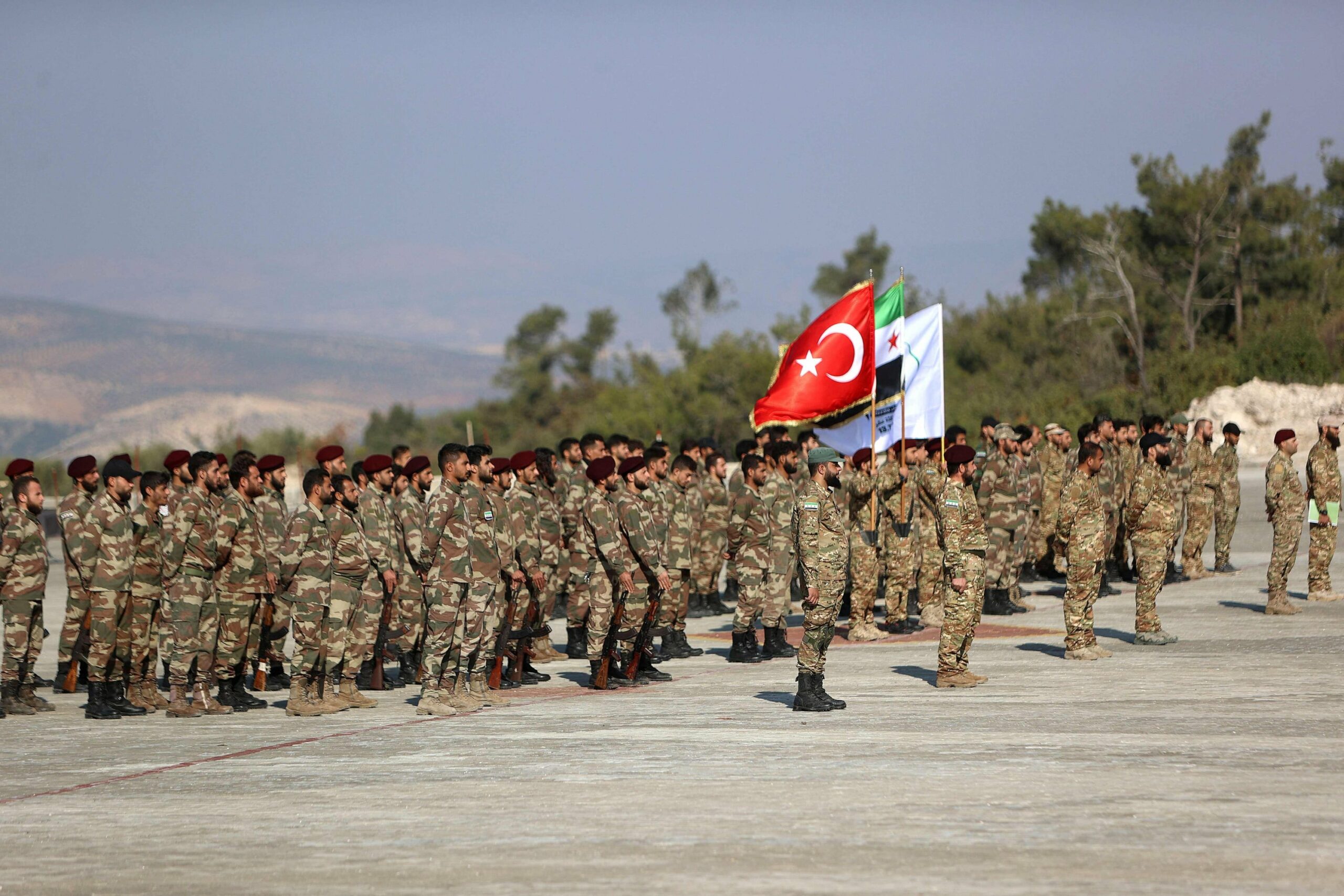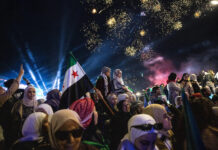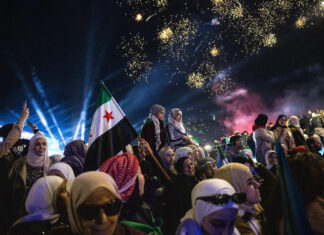
By: Motaz Nasser
“Turkey and the Syrian Regime: Alliance Hostility then What Next?” is the inaugural installment in a series of articles examining the intricate relationships between Turkey, the Assad regime, the Syrian Revolution, and the complex network of regional actors, including Russia, Iran, the United States, and the PKK. The article is authored by Motaz Nasser, a Syrian journalist and political analyst who is a guest author for L24.
______________________________
The increasing mutual influence between two neighboring countries is directly proportional to the length of the border between them, and 900 km of the Syrian-Turkish border will make the relationship between the two countries complex and intertwined. Perhaps our introduction to the border will be a good key to understanding the nature of the change in the position between Turkey and the Syrian regime.
A Friend’s Advice, Then His Coup
At the beginning of the Arab Spring, Turkey shone as a model that the revolutionary Arab youth aspired to. It is a country that is proud of its history, which it is trying to reconcile with its values. It achieved economic prosperity and an important political position and began to present a bright civilized face to the region, after decades of a dour, gloomy face. The slogan of this change was “zero problems with our neighbors,” and the pursuit of mutually beneficial relations with Turkey’s strategic depth. This was accompanied by economic, administrative, and political successes achieved by the Justice and Development Party (AKP), which enabled Erdogan to take the role of the guiding mentor to the Arab regimes and peoples, regarding positive change during the wave of the Arab Spring.
Bashar was a friend of Erdogan, and relations between the two countries moved during their reign from reaching the brink of war to economic integration, strategic partnership, and even political coordination, as happened in the Israeli war on Gaza in 2009.
With the beginning of the Syrian revolution, the Turkish government, under the auspices of the Gulf Arabs, made efforts to convince Bashar to make political changes in Syria that would ensure reaching a compromise with the popular uprising against him. The situation of giving advice, presenting initiatives, and offering aid continued until late 2011 when matters between the two parties reached a complete rupture and open hostility. The Syrian regime’s media was the first to frighten the regimes of countries that it had hoped to win over, or at least neutralize, such as Saudi Arabia, Qatar, and Turkey, but the unimaginable happened – and lines were crossed.
The Red Lines and the Wish to Pray in the Umayyad Mosque
The regime’s crimes continued to escalate against the Syrian people, and Erdogan’s statements against Bashar al-Assad escalated along with them, to the point that the observer at the time might think that supporting the Syrian revolution was Erdogan’s most important issue. Erdogan made statements threatening Bashar not to cross what Erdogan called red lines, and he became famous on that day when he said he wished to pray with his Syrian brothers in the Umayyad Mosque in Damascus after the fall of the regime.

Erdogan promised that the Turkish people would be for the Syrian people, like the supporters of the Prophet Muhammad, peace be upon him, (like those welcoming people of Medina, who took in and helped the Prophet and persecuted immigrants of Mecca), launching what was known at the time as the “open door policy for refugees.”
Erdogan’s Benefits, Fears, and Motives
Erdogan was able to exploit the Syrian revolution to achieve many national interests for Turkey. In politics, Turkey became a more significant player in the regional and international arenas. In the economy, Erdogan benefited from the presence of refugees as cheap labor, capital, and international aid provided to refugees, much of which went to the Turkish government. On the military level, he was able to deploy military bases outside his borders and recruit many Syrians as mercenaries to fight for Turkey’s interests in many countries. Yet on a different level, Erdogan had many fears about the events in Syria, of which we will list three main ones: national security, refugees, and geopolitical status.
On the national security track, Erdogan feared the expansion of the Kurdistan Workers’ Party (PKK) in northeastern Syria, and its success in creating a Kurdish separatist entity on Turkey’s borders, which might empower Turkish Kurds to secede. He also feared that takfiri (extremist) organizations would establish a foothold in Syria, and then clash with him, by transferring their activities to Turkey. He also feared Shiite militias, carrying Iran’s religious, political, and drug-trafficking agendas would reach his borders, threatening Turkish society.
On the humanitarian track, the reason for the large influx of Syrian refugees to Turkey is seen as fueling racism in Turkish society, especially since there are political movements hostile to Erdogan that exploit his government’s mistakes and Turkey’s economic problems to demonize Syrian refugees and who were a lever for the Turkish economy, through populist rhetoric pressuring the (AKP) government. Refugees were used as a means of pressure and political blackmail against Erdogan and the AKP.
Geopolitically, the events of the Syrian revolution led to the growth of Russian, Iranian, and US influence, in an arena close to Turkey. These three countries form a triangle of regional and international pressure on Turkey, especially since Syria was the transit route for Turkish trade towards Iraq and the Arabian Gulf.

This route was closed due to the tense security and political situation. Therefore, Turkey found itself forced to undermine the principle of “zero problems” and engage to the core in a bitter conflict with countries stronger than it, and its close strategic depth.
A turning point arrived when Turkish-Russian relations reached the peak of tension in 2015 when Turkey shot down a Russian plane. Russia punished Turkey economically and politically, which negatively affected Turkey until an official Turkish apology was issued. Russia, accepted what happened in the hope of winning Turkey to its side in the face of America, especially since Turkey is an important partner in NATO, and has the geopolitical weight necessary for Russia. The Kremlin responded to Turkey’s apology by standing with it against the coup that took place in mid-July 2016, which Turkey laid at the feet of the US and its regional allies.
The new Russian-Turkish rapprochement had Syria as its most important field, especially after the defeat of the military revolutionary forces in Aleppo in late 2016, and their devolution into a state of internal conflict in 2017 and 2018 – helping the regime make military advances on the ground. This was exploited by the Turkish-Russian rapprochement and Iranian influence to create political paths in which the Syrian revolution would be the greatest loser, through what was known as the Sochi and Astana paths, which according to many analysts were circumventing the paths and international resolutions, especially 2254.
The New Reality
Turkey almost completely dominated the decision of the Syrian revolution after 2016, imposing a new reality titled “Syrian subordination to Turkish dictates,” and strengthened its military presence in the provinces of Aleppo and Idlib, but with two different models. Those in the northern countryside of Aleppo were most dependent on Turkey, while those in Idlib played the most important role for the national revolutionary forces.
In cooperation with Russia, there are now two military zones, with two different military agreements. The first is a “safe zone” in the countryside of Aleppo, which does not witness major military operations that lead to the displacement of residents and is subject to direct Turkish supervision, in exchange for not establishing governance institutions that compete with the so-called Syrian state institutions affiliated with the Syrian regime, and no military or security threats to the regime emerge from it.
The second is in Idlib, called a “de-escalation zone,” which witnesses limited military operations, often shelling by the regime on civilians, and military skirmishes on the contact lines, and the margin of administration and organization is greater for local forces.

Thus, northwestern Syria was divided into two regions with different administrations, subordination, orientations, and de facto powers in control. The Turkish-controlled northern countryside of Aleppo is all the more unfortunate because of the irrational Turkish administration, which has created an environment conducive to corruption, chaos, and murder. Creating a repulsive place unsuitable for dignified and safe voluntary return from host countries like Turkey.
Part II, God willing, will examine how the refugee issue and the statements of Turkish rapprochement with the Syrian regime affected the escalation of the situation in the countryside of Aleppo while looking at the likely future of the normalization process between Turkey and the Syrian regime.








